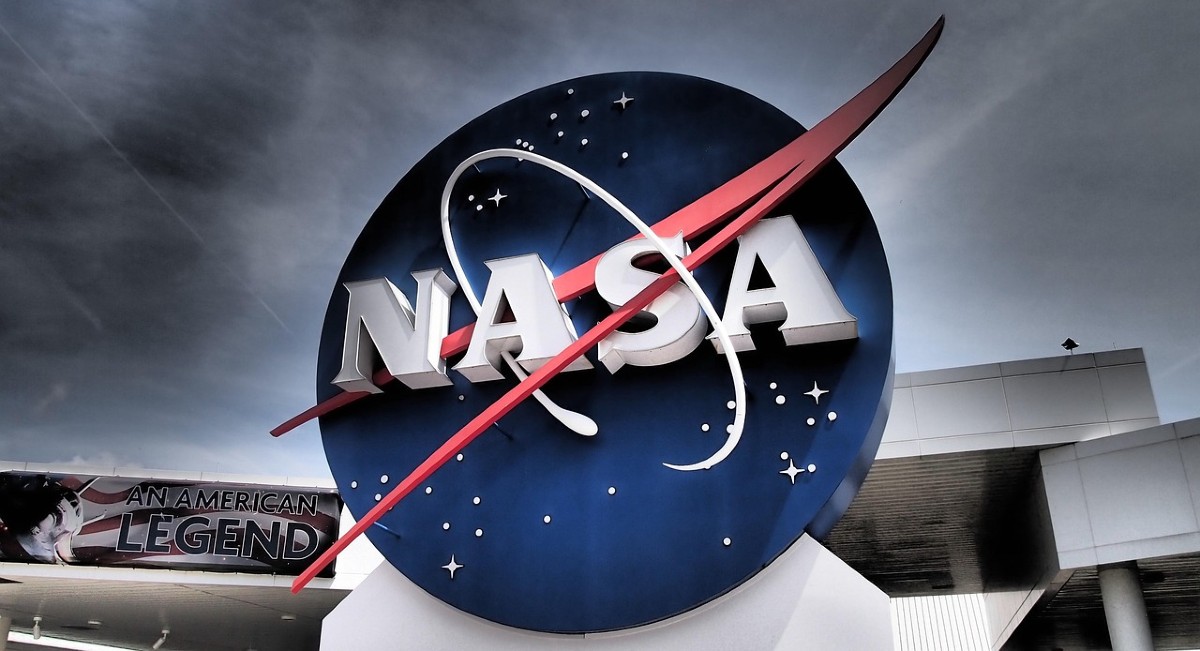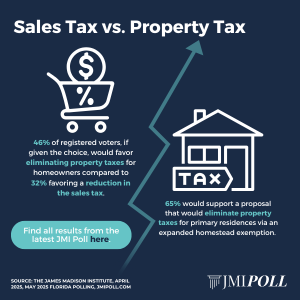At long last, Major Tom has some good news for ground control. After nine months in space solitude, two National Aeronautics and Space Administration (NASA) astronauts have been ferried back to Earth by a SpaceX Crew Dragon spacecraft. The two astronauts had first journeyed to space on Boeing’s Starliner spacecraft’s first manned mission in June 2024. But, chaos and frustration ensued when NASA deemed their return on the aircraft too risky and indefinitely ditched the roundtrip. Now that the astronauts are homebound, it’s time for NASA to stop spacing out and do some serious soul-searching about its mission as an agency.
NASA’s first mistake was placing faith in Boeing’s Starliner. Ever since NASA inked deals with Boeing and SpaceX to develop ships for manned missions, the agency has had its hands full with the unwieldy Starliner. Through NASA, taxpayers shelled out $4.2 billion to Boeing compared to $2.6 billion for SpaceX. NASA justified Boeing’s premium because of nostalgia and close ties. Starliner’s maiden voyage was originally slated for 2017, but engineering delays kept the ship grounded. When the Starliner was finally “ready” for an (unmanned) flight at the end of 2019, a software snafu resulted in a faulty orbit and the mission ended in failure. A 2021 re-do was derailed by corroded valves, and subsequent parachute system issues, wiring problems, and more valve issues kept astronauts off the spacecraft until 2024. Meanwhile, costs piled up. Taxpayers have had to shell out an additional $600 million to Boeing for Starliner development, while Boeing has spent $1.5 billion on its own cost overruns. Recently, Boeing reported losing $523 million on Starliner in 2024, the largest single-year loss reported by the company so far in developing the spacecraft.
This fiscal fiasco is par for the course for NASA. The Artemis III mission — which Boeing has played a key role in developing — is slated to bring humans to the moon for the first time since the Apollo landings and the Artemis IV mission will ferry astronauts to a new space station orbiting the moon. These plans do not come cheap. In January 2024 testimony to Congress, NASA’s then-acting Inspector General (IG) George Scott estimated that the Artemis program’s total costs through 2025 could eclipse $93 billion. That figure excludes tens of billions of dollars in research and development costs, in addition to any unforeseen costs related to the lunar space station. It’s a foregone conclusion that space spending through 2030 will far surpass $100 billion, but concrete estimates are few and far between. And, as Scott noted, “decision makers will have limited knowledge into the full scope of…costs until an estimate is created.”
Meanwhile, delays are all but inevitable at America’s space agency. In January 2024, NASA leadership officially bumped the date of Artemis III from late 2025 to September 2026, citing technical and safety-related delays. The Government Accountability Office (GAO) correctly predicted future delays, stating in a November report, “if development took as long as the average for NASA major projects, the Artemis III mission would likely occur in early 2027.” The agency did not fail to disappoint. In December, NASA announced that it was delaying the Artemis II and Artemis III missions to 2026 and 2027 respectively.
Fortunately, NASA is getting its head out of the clouds and perhaps scaling back its ambitions and reliance on Boeing. Recent reports indicate that Boeing is taking a step back on producing the Space Launch Systems rocket and the Orion spacecraft, which are key to the Artemis missions.
NASA would be wise to reset its mission altogether and work with less expensive and more effective private partners for remaining missions. Now is not the time to throw taxpayer dollars into a black hole of spending waste.
David Williams is the president of the Taxpayers Protection Alliance.












